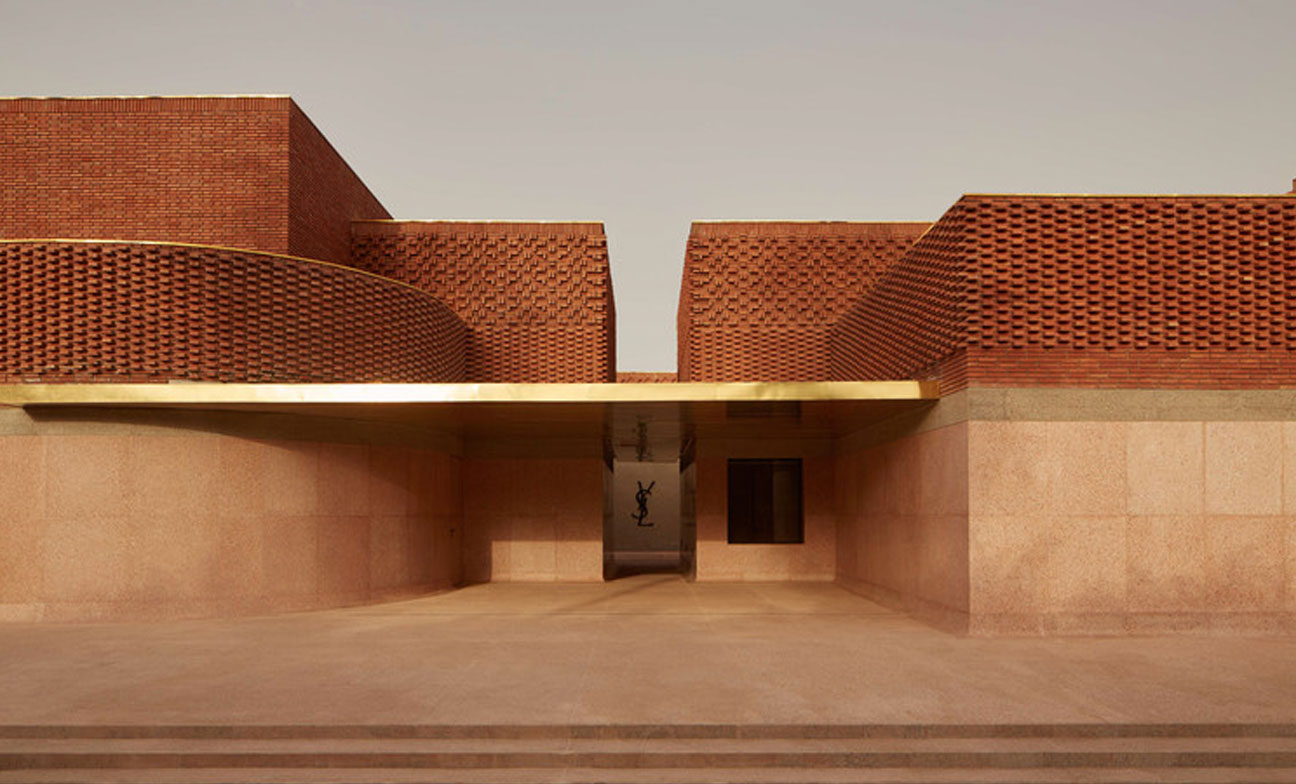
The Relevance of Vernacular Materials in Contemporary Construction
Our ancestors started with houses merely for the purpose of shelter. With the advent of time and our increased interest in keeping ourselves more comfortable, we started building better. Alongside, the materials at the disposal were factors that led to the upgradation of ideas. Also, vernacularism hints at being precise i.e. being peculiar and site-specific where locals get in touch with the materials found around them and use techniques specific to the area and climate.
Today, with modernization materials like steel and glass-to name a few-are being extensively used along with concrete. Vernacular materials are not being used as much as they were, though are easier and quicker to construct, due to the increased influence of western countries, especially glass.
What is Vernacular Architecture?
Source: Parametric Architecture
We often misinterpret the word “vernacular” as something old. Vernacular denotes the local and native style of a particular region, its people, its culture, and its way of inhabitation. In architecture, this style has given rise to various design styles. These styles have further branched into different crafts and craftsmanship in association with discovering materials.
Vernacular is mainly based on geographies and it most probably cannot be replicated in other climatic regions of the world.
It is based on the micro-climate of a particular locale. It takes into account the environmental impact, the impact on the occupants, and the life-span of its existence. These materials are found naturally and need only little finalization before implementation. They are nature-friendly till the end.
Vernacular Materials Relevant in Contemporary Construction
Stone
One of the most prominent building materials, there are numerous types that can be found in different states depending on the topography. One of the most featured materials in forts and palaces, stones were used to make strong and durable foundations.
Source: Pinterest
Today, concrete and steel have hugely displaced the stones due to their easy availability and cost with being a quick construction technique. But they are harmful on the carbon footprint scale. Whereas stone can be brought back into the picture considering its duration and durability.
Wood
Another material that was extensively used is losing steam. Though cutting of trees to obtain wood should be severely avoided, wood can be recycled before reusing it.
Source: Modernize.com
It can be utilized in making wooden frames for windows and doors which have been replaced by aluminum now. Apart from looking earthy, it can be employed endlessly by just seasoning it.
Mud
Villages in Gujarat, Rajasthan, and other dry and arid regions of India are magnificent examples of how mud is used to fight harsh climates and at the same time yield a pleasant indoor climate.
Source: Gujarat Rural Development
Mud plaster is also very beneficial and can be used to lay over brick walls to increase thermality. Today, cement plaster has conveniently replaced mud and also is contributing to an increased carbon footprint.
Bamboo
A very subtle material, our ancestors had greatly exploited this material for its tensile strength and flexibility in order to make large-span structures. With the passage of time, it is fading away and being replaced by steel. Though it can be brought back to existence.
Bricks
A very well-known and substantially used material, this is very locally found in almost every region and is one of the best thermal insulators. These are used for making internal walls and at times as load-bearing walls. Houses in the villages of South of India are excellent examples of this.
Source: Designrulz.com
Today, concrete blocks have substituted this material due to cheaper rates per square foot but environmentally are very hurtful.
Hands vs Machines
With the introduction of machines, hundreds and thousands of workers have been replaced by a single unit. Today, craftsmanship has been reduced to only projects where people are willing to pay for the craft of the past. The intricacy and the vernacular materials are not being researched much and are getting, with each passing day, away from the sight and knowledge of the folks.
Final Word
Thus it is time, we as protectors of nature fall back to the knowledge of the past to sustain and support ourselves and our future generations by using materials that contribute to a healthy life. Materials can be well exploited by placing them in the right direction. Orientation and massing of the structure matter a lot in unleashing their full potential














